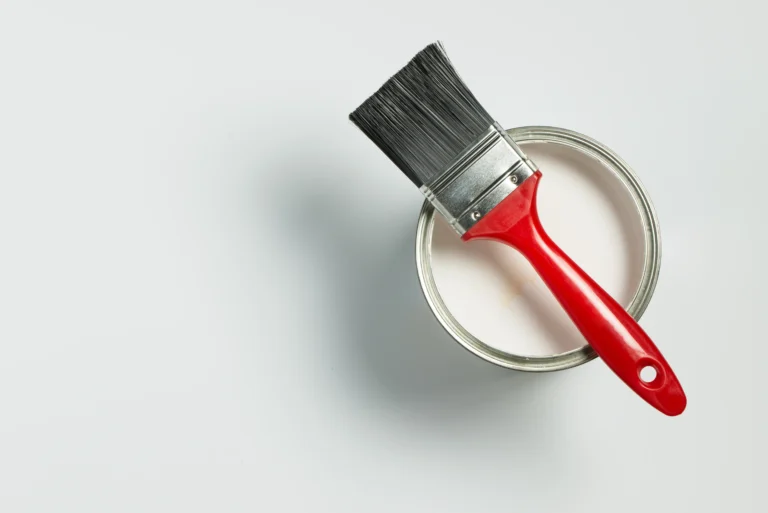If you’ve worked with oil-based paints before, you’ve likely asked the question: how long does it take oil paint to dry? Compared to fast-drying latex or acrylic paints, oil-based paints demand a bit more patience. Their unique chemical makeup provides a rich, durable finish—but also a longer drying timeline that can affect project scheduling, layering, and cleanup.
Understanding the drying process of oil paint is essential whether you’re touching up trim, painting cabinetry, or working on detailed decorative finishes. The timeframe isn’t just about when the surface feels dry—it includes multiple stages that determine when it’s safe to recoat, cure, or place items near the painted surface.
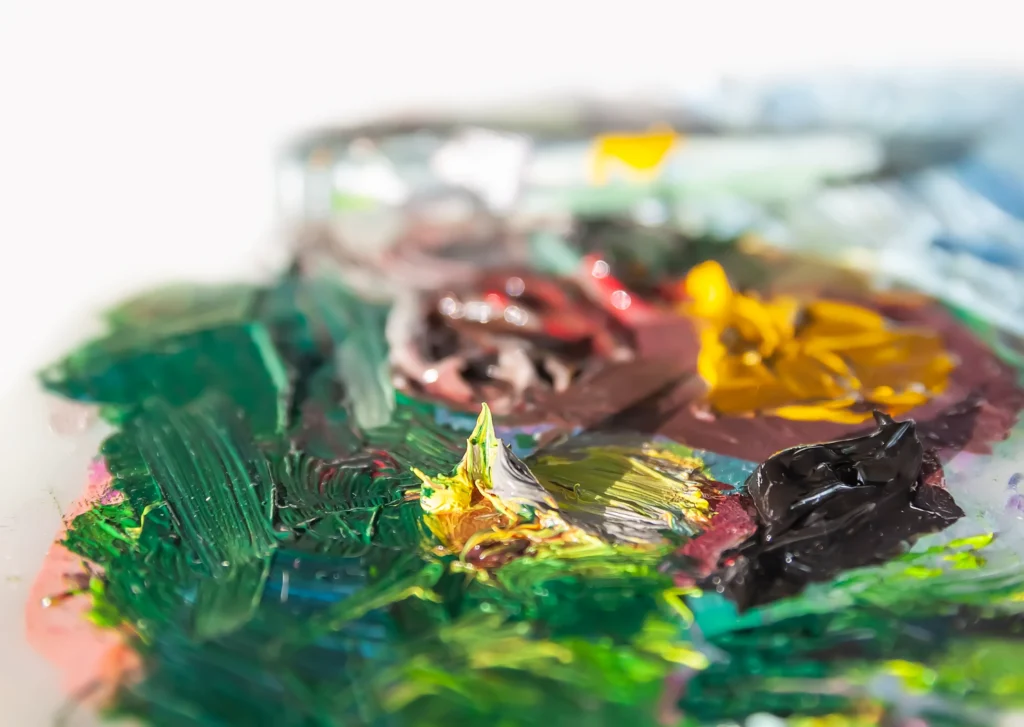
The Basic Timeline for Drying Oil Paint
On average, oil-based paint takes 6 to 8 hours to dry to the touch, and at least 24 hours before a recoat can be safely applied. However, these figures are general estimates and can vary depending on several factors, including temperature, humidity, and surface type.
Beyond the initial dry and recoat windows, full curing—when the paint hardens completely and reaches maximum durability—can take up to 7 to 14 days. In some cases, especially with thick applications or in cooler, more humid environments, curing may take even longer.
What Makes Oil Paint Dry Slowly?
The drying of oil paint is a chemical process called oxidation, rather than evaporation. With water-based paints, drying occurs as water evaporates from the surface. Oil paints, on the other hand, dry as their oils react with oxygen in the air and undergo a slow chemical transformation that leads to hardening.
This slower process allows for smoother leveling and blending—one reason oil paint is often used for high-end finishes and detailed work—but it also means that handling and recoating must be delayed.

Environmental Conditions Affecting Drying Time
Ambient conditions play a huge role in determining how long it takes oil paint to dry. Ideally, paint should be applied in a space with temperatures between 65°F and 85°F, low humidity, and good ventilation.
- Cooler temperatures slow the oxidation process, extending dry and cure times.
- High humidity can also delay drying, as moisture in the air inhibits the reaction between oil and oxygen.
- Poor ventilation reduces airflow, which impedes oxygen exchange and slows curing.
Improving ventilation by opening windows or using fans can significantly help speed up drying, though care must be taken to avoid introducing dust or debris to wet surfaces.

Surface Type and Preparation
The material you’re painting affects not only adhesion but also drying time. Porous surfaces such as bare wood or unfinished drywall may absorb more oil from the paint, potentially accelerating initial drying but altering the final finish. Non-porous surfaces, like metal or previously painted walls, may hold the paint on the surface longer, extending dry time.
Proper priming ensures a consistent substrate, which leads to more predictable drying timelines. Using an oil-based primer also maintains compatibility and improves overall adhesion.
Application Thickness and Tools
The thickness of the paint application directly influences drying time. Thin, even coats dry more quickly and evenly, while thicker layers not only take longer but may dry unevenly or skin over while the interior remains soft.
Using a brush, roller, or sprayer appropriately matters. Spraying tends to apply a thinner coat, which may dry faster. Brushes, depending on their bristle type and technique, can deposit more paint and lengthen drying.
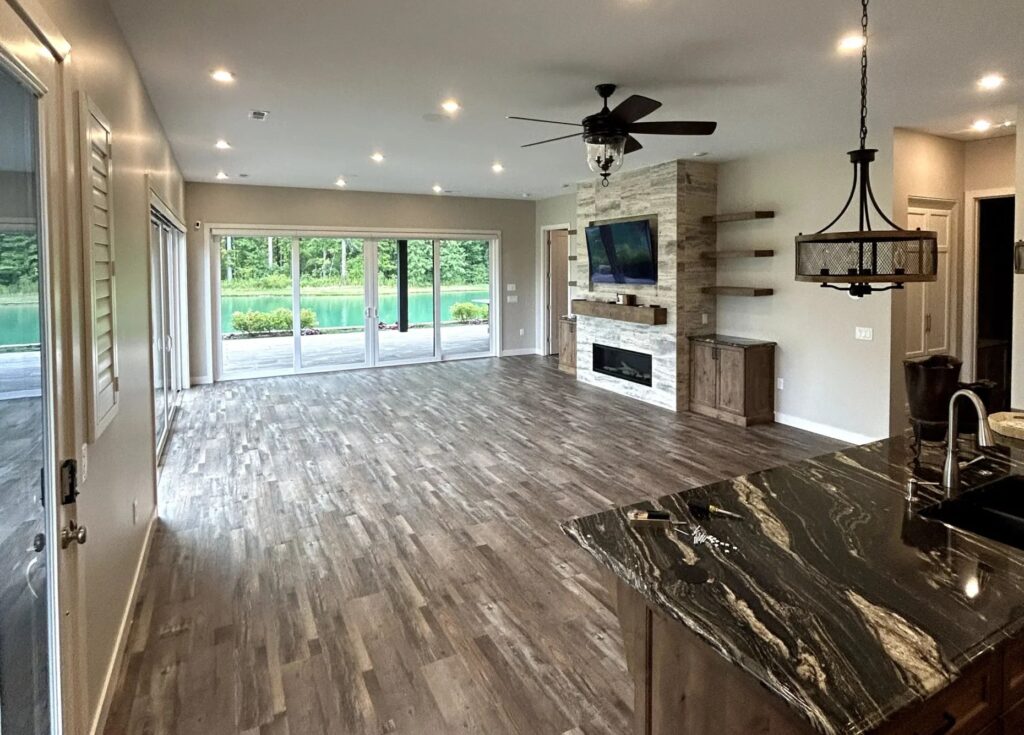
Signs That Oil Paint is Dry
To determine whether oil paint is truly dry, you need to look beyond surface feel. Here are some indicators:
- Tackiness: If the paint feels sticky or rubbery, it is not fully dry.
- Smell: Wet oil paint gives off a distinctive solvent odor. As it dries, this smell diminishes.
- Color uniformity: Dry paint typically appears more matte and less glossy than wet areas.
Never rush to recoat or touch-up based on touch alone. Always follow the manufacturer’s instructions, which are based on lab-tested drying conditions.
Recoating Oil Paint
Oil paint requires at least 24 hours before recoating to prevent problems like bubbling, streaking, or adhesion failure. Recoating too soon can trap solvents beneath the top layer, resulting in a tacky finish that may take weeks to fully cure or never dry properly.
For optimal results, many professional painters wait 48 hours between coats, especially when dealing with intricate trim or high-gloss finishes.
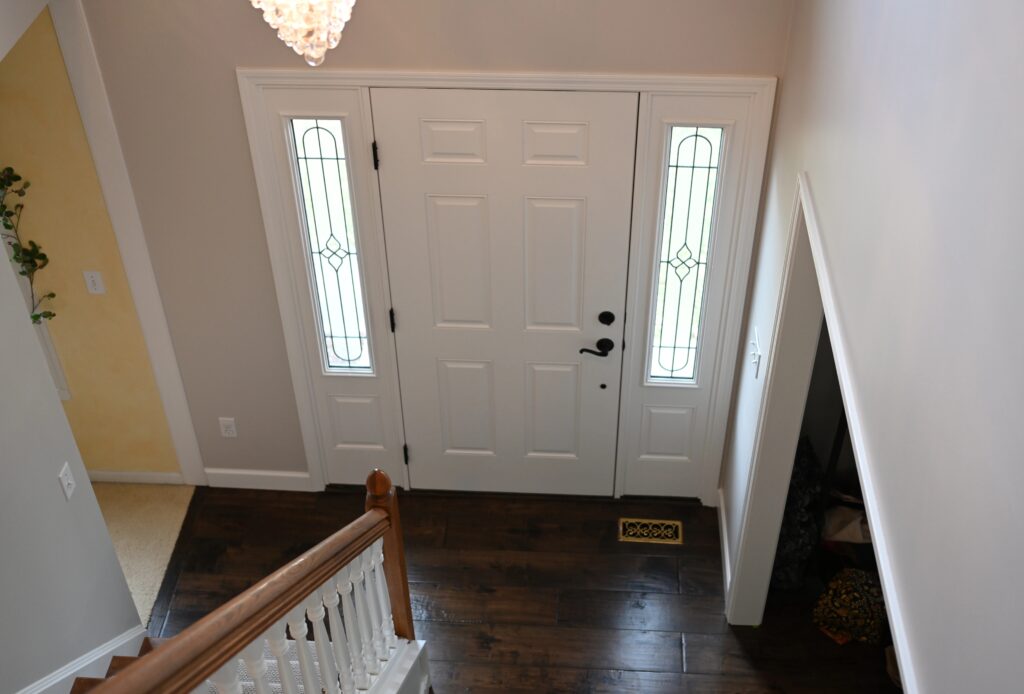
Curing Time and Durability
Even after paint feels dry, it may not yet be cured. Curing is when the paint reaches its maximum hardness and chemical stability, and it can take one to two weeks for oil-based paints under ideal conditions.
During this period, it’s best to avoid placing furniture against the wall, washing the surface, or applying any cleaning products. Light contact is okay after the first few days, but full resistance to scratches and wear develops slowly.
How to Speed Up Drying Time
If you’re on a tight schedule, a few strategies can help reduce the drying window:
- Apply thinner coats and allow proper drying time between layers
- Use a drying agent or additive (called a drier or siccative) as recommended by the paint manufacturer
- Improve airflow with fans (while avoiding dust)
- Maintain warm, dry ambient conditions
Avoid using heat guns or space heaters, which can cause uneven drying or surface skinning while the underlying paint remains soft.
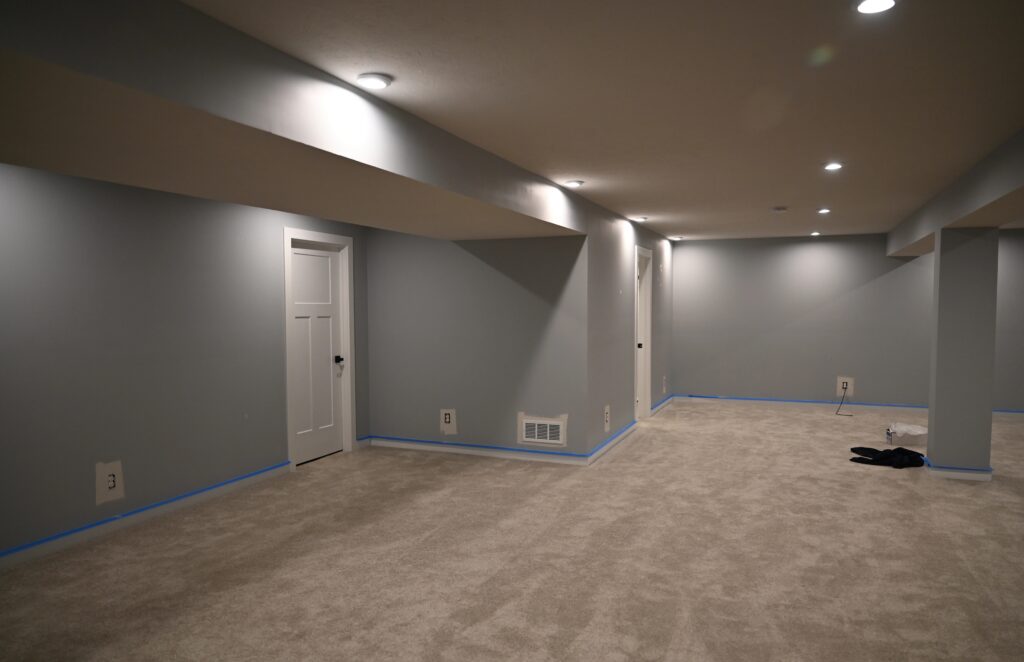
When to Hire a Professional
Oil-based painting can be tricky, especially in areas requiring clean lines or a high-gloss finish. At Four Seasons Painting Co, our team understands the nuances of oil paint drying and how to deliver perfect results without rushing the process.
From cabinetry and doors to trim and banisters, we apply our knowledge of drying times, environmental conditions, and proper tools to ensure a long-lasting, durable finish every time. Our experience helps avoid common issues like tackiness, surface imperfections, or color inconsistencies.
Additional Learning Resources
If you want to dive deeper into the chemistry and drying behavior of oil-based paint, consider resources from Sherwin-Williams, Benjamin Moore, and Fine Homebuilding, which offer technical guides and expert advice.
The Paint Quality Institute and American Coatings Association also provide in-depth educational materials for professionals and homeowners alike.
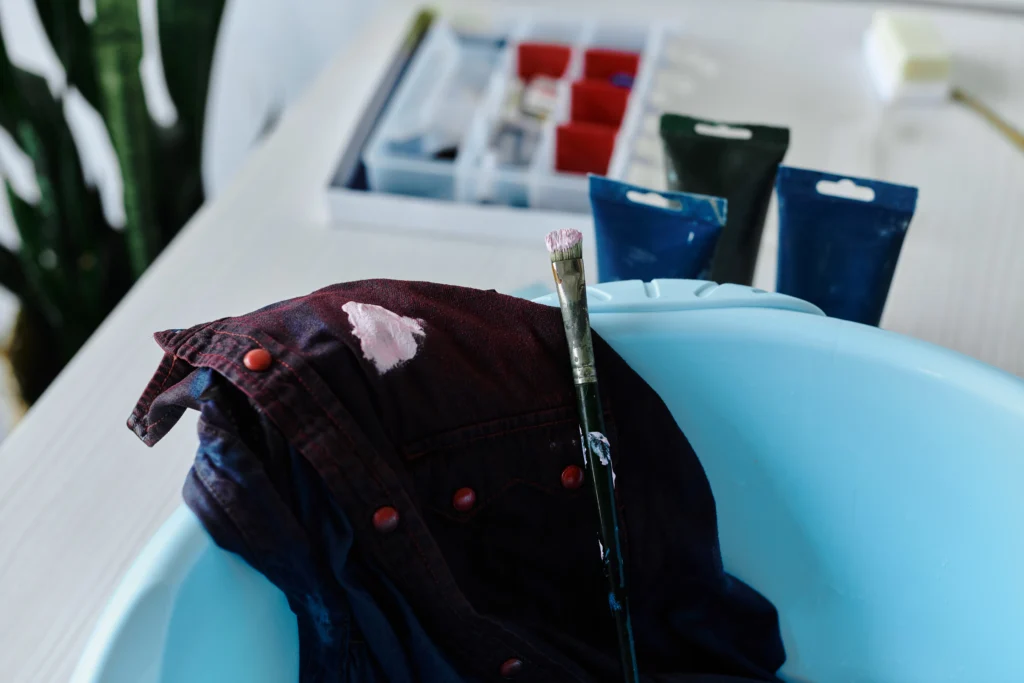
Conclusion
So, how long does it take oil paint to dry? The answer lies in a combination of formulation, surface material, environmental conditions, and technique. While the initial dry time may be 6 to 8 hours, the full process of drying, recoating, and curing can extend over days or even weeks.
By understanding these stages and practicing patience, you set yourself up for a finish that looks beautiful and holds up over time. And if you’re unsure or want the job done right the first time, Four Seasons Painting Co. is ready to bring professional excellence and timing expertise to your next project.

